Human and Biodiversity Area
Outdoor
Useful Plant Area, East
This area contains plants used as not only foods including wild and vegetable, cloth, timber but also culture and ceremony.
 Various Vegetables
Various Vegetables
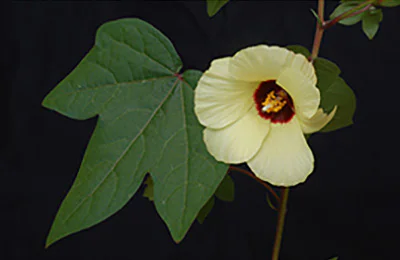 Gossypium arboreum; used for cloth
Gossypium arboreum; used for cloth
Useful Plant Area, Central
This area features a collection of roses and bulbous plants that have since ancient times been used for ornamental purposes, and varieties of herbs and other plants that are believed to have soothing effects. Visitors can relax on the benches in the grassy area.
 Useful Plant Area, Central
Useful Plant Area, Central
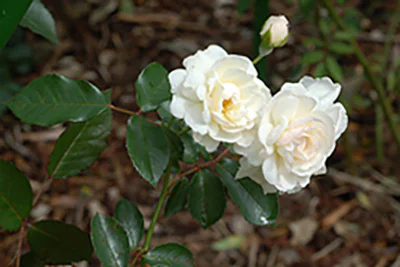 Rosa‘Prosperity’
Rosa‘Prosperity’
Useful Plant Area, West
Fruit trees, medicinal plants, and ornamental plants from Japan and elsewhere are grown and displayed in this area.
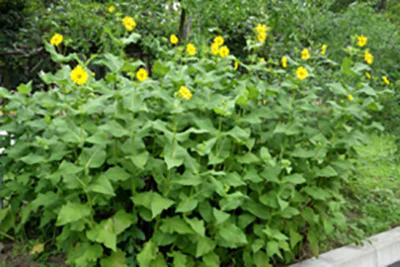 Tetragonotheca helianthoides
Tetragonotheca helianthoides
 Colchicum autumnale; used for medicinal purposes
Colchicum autumnale; used for medicinal purposes
Endangered plants
An increase in the number of endangered plant species will lead to a serious reduction in biodiversity. Endangered plant species native to Japan are displayed in this area so that visitors can understand the importance of biodiversity conservation.
 Tricyrtis macranthopsis
Tricyrtis macranthopsis
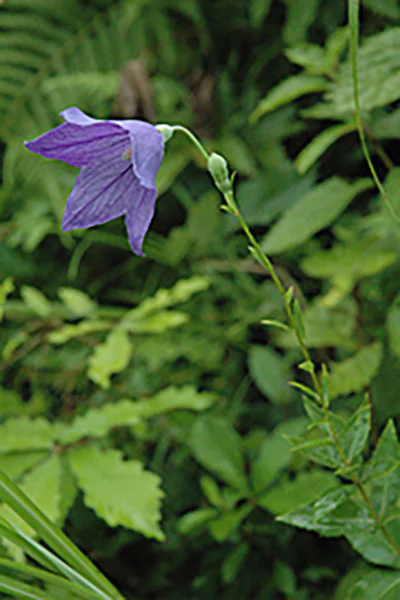 Platycodon grandlflorum
Platycodon grandlflorum
Mt.Tsukuba Plant
Mt. Tsukuba, one of the most popular mountains in Japan, is known to have huge biodiversity. As the altitude increases, the vegetation changes from evergreen broad-leaved and warm-temperate deciduous broad-leaved forests to temperate coniferous forests and cool-temperate deciduous broad-leaved forests. In this area, many plants whose names originated from the word "Tsukuba", and those firstly found in this mountain.
YouTube [Official Account of the National Museum of Nature and Science] Kahaku Channel
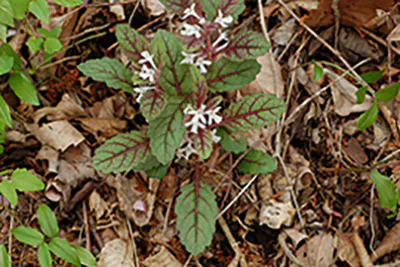 Ajuga yesoensisvar.tsukubana
Ajuga yesoensisvar.tsukubana
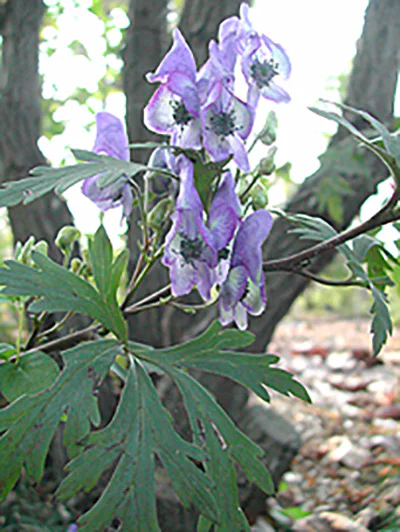 Aconitum japonicumssp.maritimum
Aconitum japonicumssp.maritimum
Fern garden
More than 1,000 individuals of approximately 210 fern species are grown here. In the area, there are ferns distributed around Tsukuba, ferns distributed from Japan to the Himalaya, natural hybrids and its putative parents, and apomictic ferns.
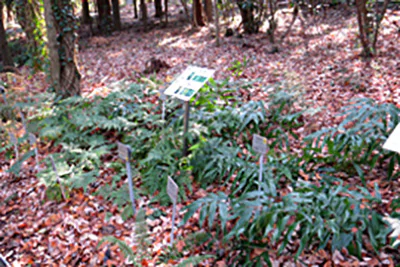 Huge collection of wild ferns
Huge collection of wild ferns
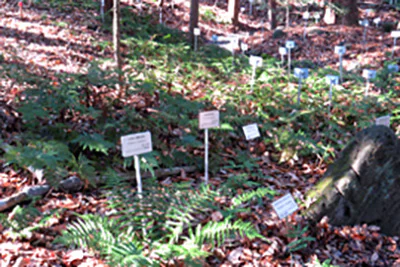 A treasure trove of ferns. Definitely worth a visit.
A treasure trove of ferns. Definitely worth a visit.
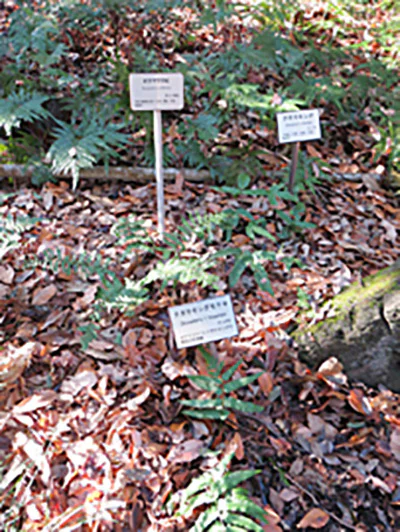 A natural hybrid (Dryopteris toyamae) and its putative parent (D. sieboldiiandD. uniformis)
A natural hybrid (Dryopteris toyamae) and its putative parent (D. sieboldiiandD. uniformis)
Clematis garden
Approximately 1,200 plants belonging to more than 250 kinds of clematis including wild species and cultivars are grown in a field that is open for public viewing when the flowers are in bloom mainly in May. Japanese species and cultivars such as Clematis patens were taken to Europe to create many horticultural varieties. The Tsukuba Botanical Garden is devoting its energies to the collection and preservation of mutant varieties of the endangered Clematis patens, a variety that is unique to Japan.
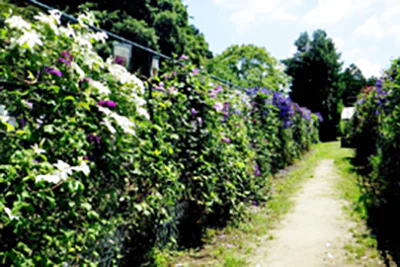 Clematis garden (photo taken in early June)
Clematis garden (photo taken in early June)
 The endangeredClematis patens(from Shizuoka Prefecture, Japan)
The endangeredClematis patens(from Shizuoka Prefecture, Japan)
Indoor
Useful Plants House
Economic plants from tropical countries such as fruit trees, medicinal plants, spices, ornamentals, and others are displayed.
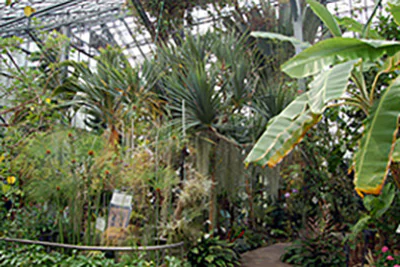 Useful Plant House
Useful Plant House
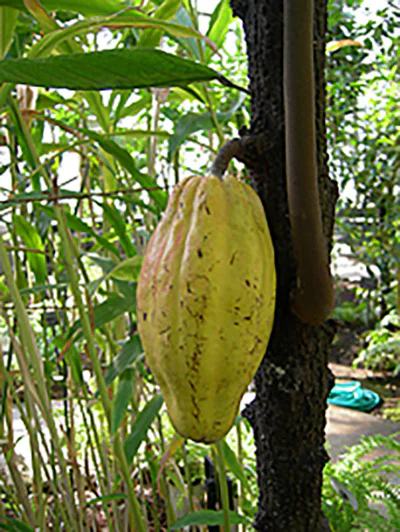 Cacao (Theobroma cacao)
Cacao (Theobroma cacao)
